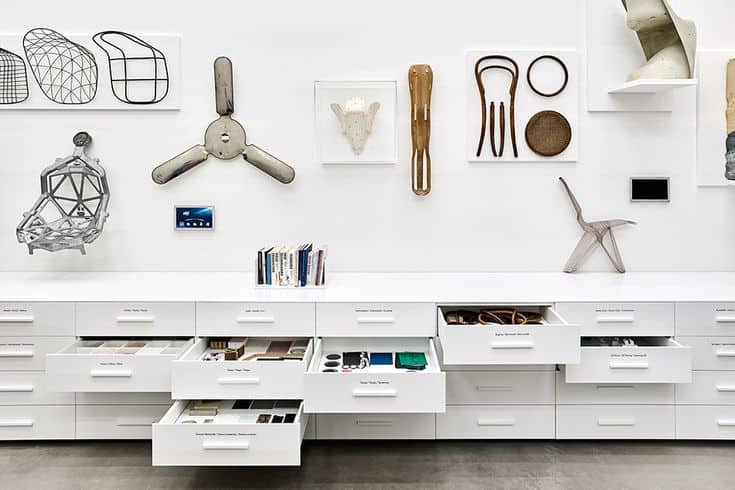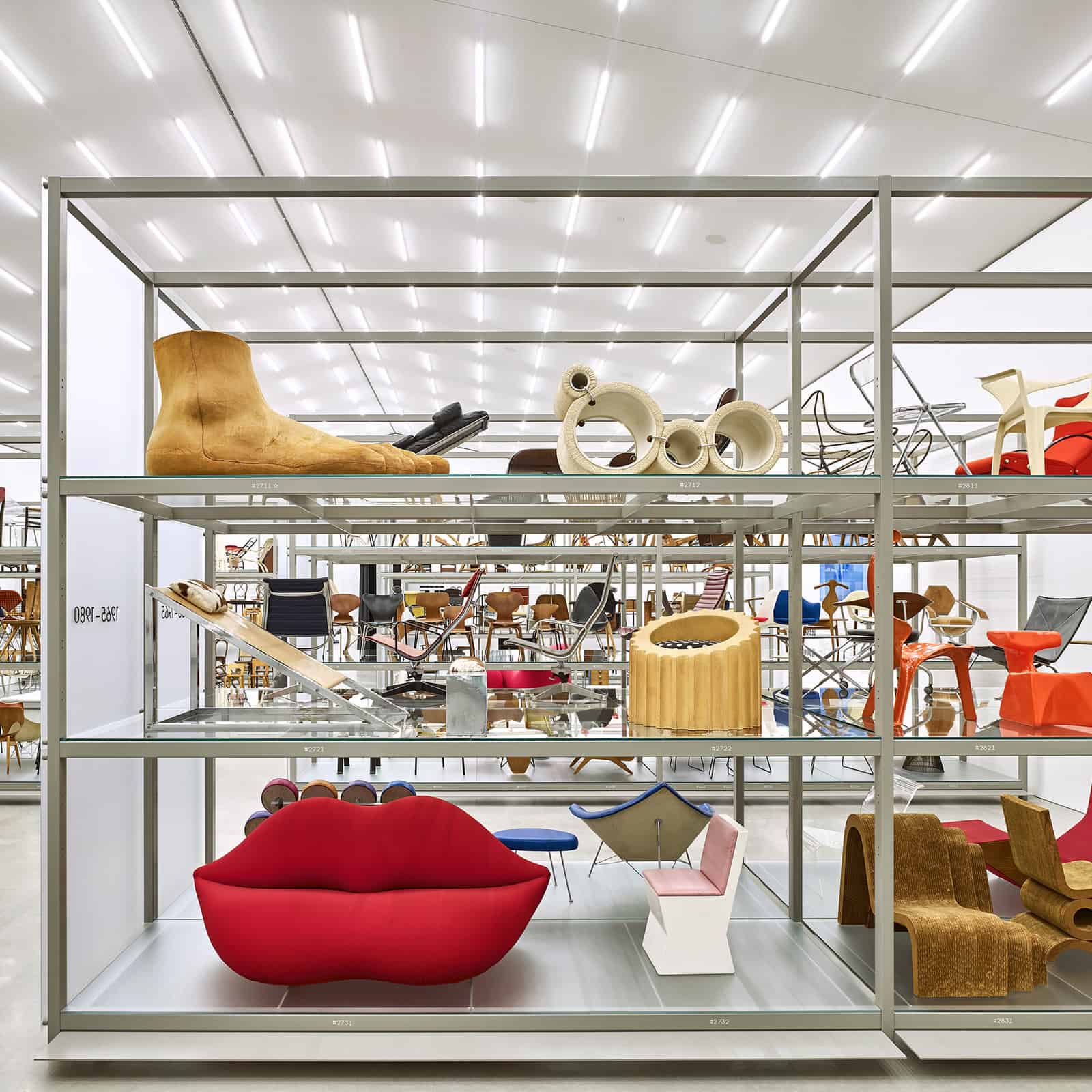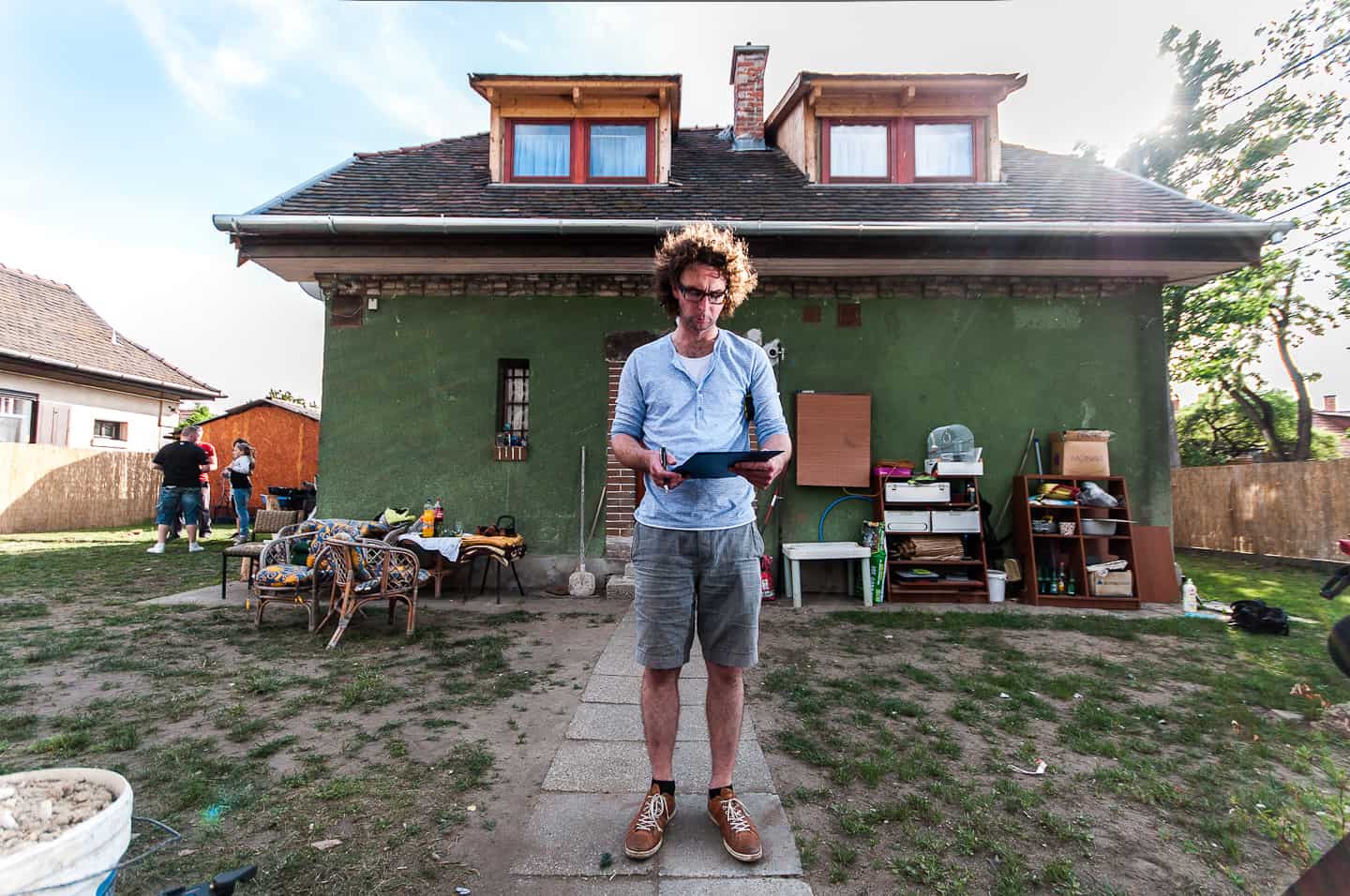Next – Project

Synopsis
Part 1: The Three Tier Model, International Practices
The Museology of Design examined the growing practice of collecting and curating contemporary design in museums. In the absence of relevant literature, Part 1 reviewed the typology of existing design museums and proposed a Three-Tier Model for understanding their characteristics and opportunities.
The Victoria & Albert Museum in London was analysed as the example of a socio-cultural approach to design display, embedded in a social history discourse. The Architecture and Design department of The Museum of Modern Art in New York was examined as a collection contextualised as part of a fine art museum, where design is presented primarily for its aesthetic appeal. Lastly, the Vitra Museum in Weil-am-Rhein was introduced as an emergent model: a narrowly-focused, private design museum informed by commercial interests and celebrating individual designers.
Recent changes in museum management and exhibition-making at MoMA and the V&A were also addressed, noting their move towards thematic exhibitions, with a shifting emphasis from historic decorative arts to contemporary design.
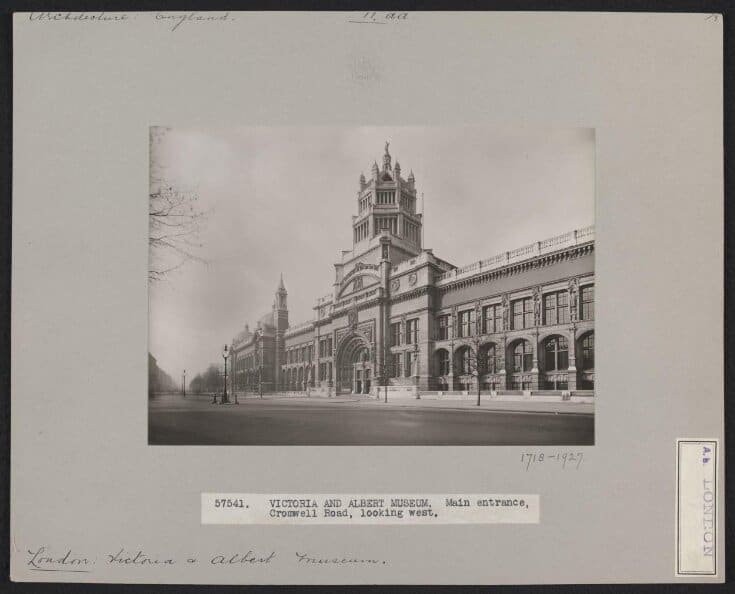

Part 2: Curatorial Practices in Australia
Based on the above paradigms, the thesis continued with an examination of the Three Tier Model in Australia. The social history model was evaluated by Sydney’s Powerhouse Museum and the Melbourne Museum, both of which collect and curate design and hold annual design awards. Their distinctions from one-another were briefly acknowledged, and their mutual opportunities for greater integration within the broader framework of each institution were addressed at length.
The visual art museum typology was used to evaluate the National Gallery of Victoria‘s design programme at its two sites. The NGVi’s integration of 14-19th century decorative arts with the other arts was argued to be more progressive than its representation of 20th century design, which was showcased in complete isolation from contemporary visual artworks. Based on a review of the existing display and recent exhibitions, NGVa was at the time not active in the museology of design, despite opportunities presented by its Indigenous collection of art and artefacts.
Part 2 concluded that for the purposes of presenting and promoting contemporary design, an independent organisation such as Sydney’s Object Gallery, was the most suitable platform for experimentation and engagement. Nonetheless, it struggled for legitimacy without a comprehensive history of design i.e. permanent collection. Arguments were also made for the importance of more integrated curatorial practices, the need for institutional collaborations and the recognition of design’s relevance within the broader sphere of cultural production and discourse.

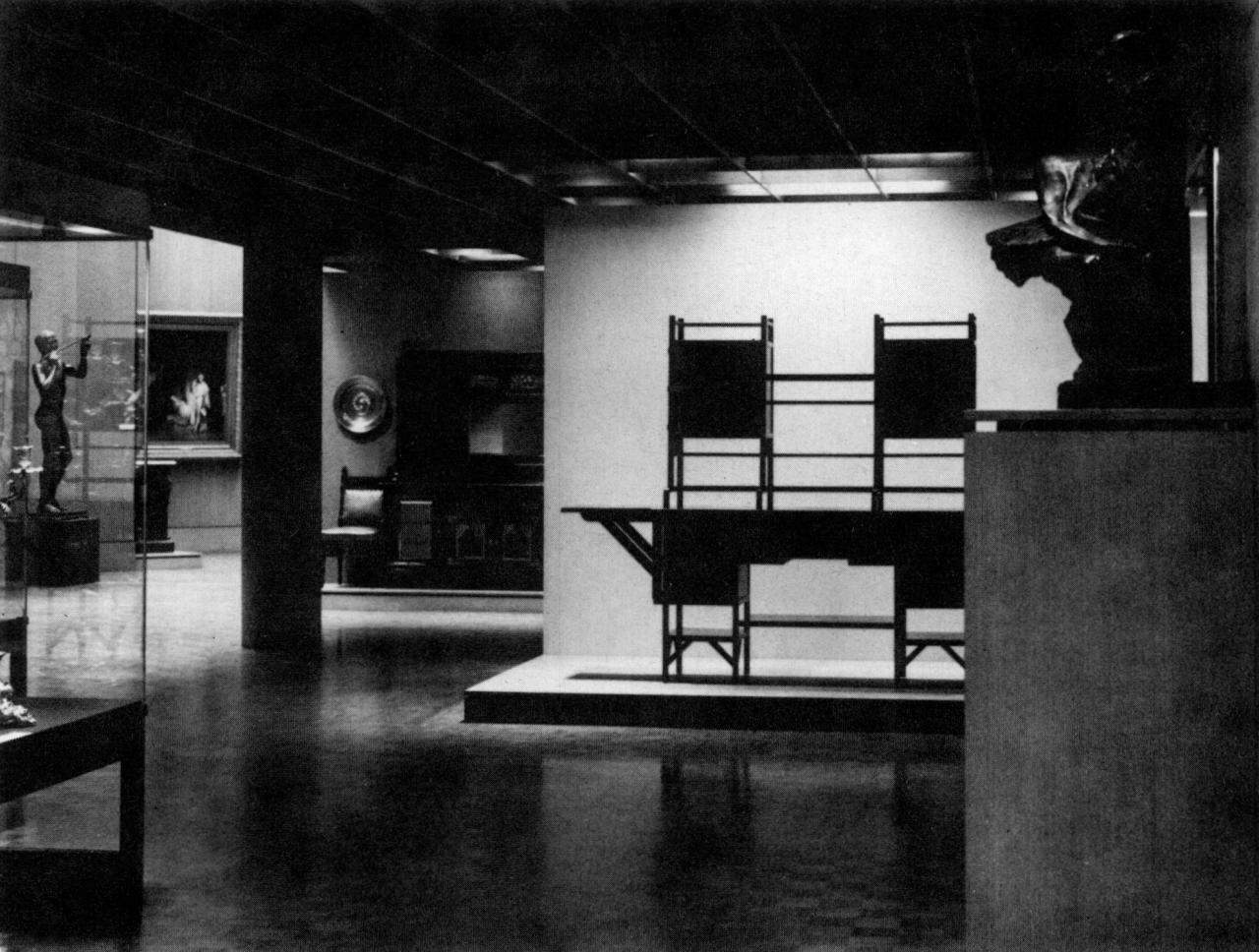
Conclusion
While the Three Tier Model proved ineffective individually, in dynamic partnership it offered new opportunities for the study and practice of The Museology of Design. The thesis and this main contention, in fact served as a precursor to a then-emerging discourse (2004), which is now (2021) a legitimate practice for the conceptualisation and contextualisation of design in museums, including most of the aforementioned institutions. Furthermore, it outlined opportunities to re-examine the study and practice of museology in recognising modern and contemporary design as a critical mode of living culture.
Many of the arguments made The Museology of Design are today (2021) commonly practiced by international and Australians museums and design’s legitimacy is widely acknowledged within the broader framework of their institutional discourses.
The thesis was well-received by examiners and lauded for making a significant contribution to a relatively new discipline. The quality of primary source research and presentation style were also accredited.
Realised by Rumpus Room and printed by Ease Productions.
Supervised by Dr David Marshall, Senior Lecturer The School of Art History, Cinema, Classics and Archaeology (now Professor, Faculty of Culture and Communication), The University of Melbourne.
Produced in fulfilment of an MA in Art Curatorship degree.
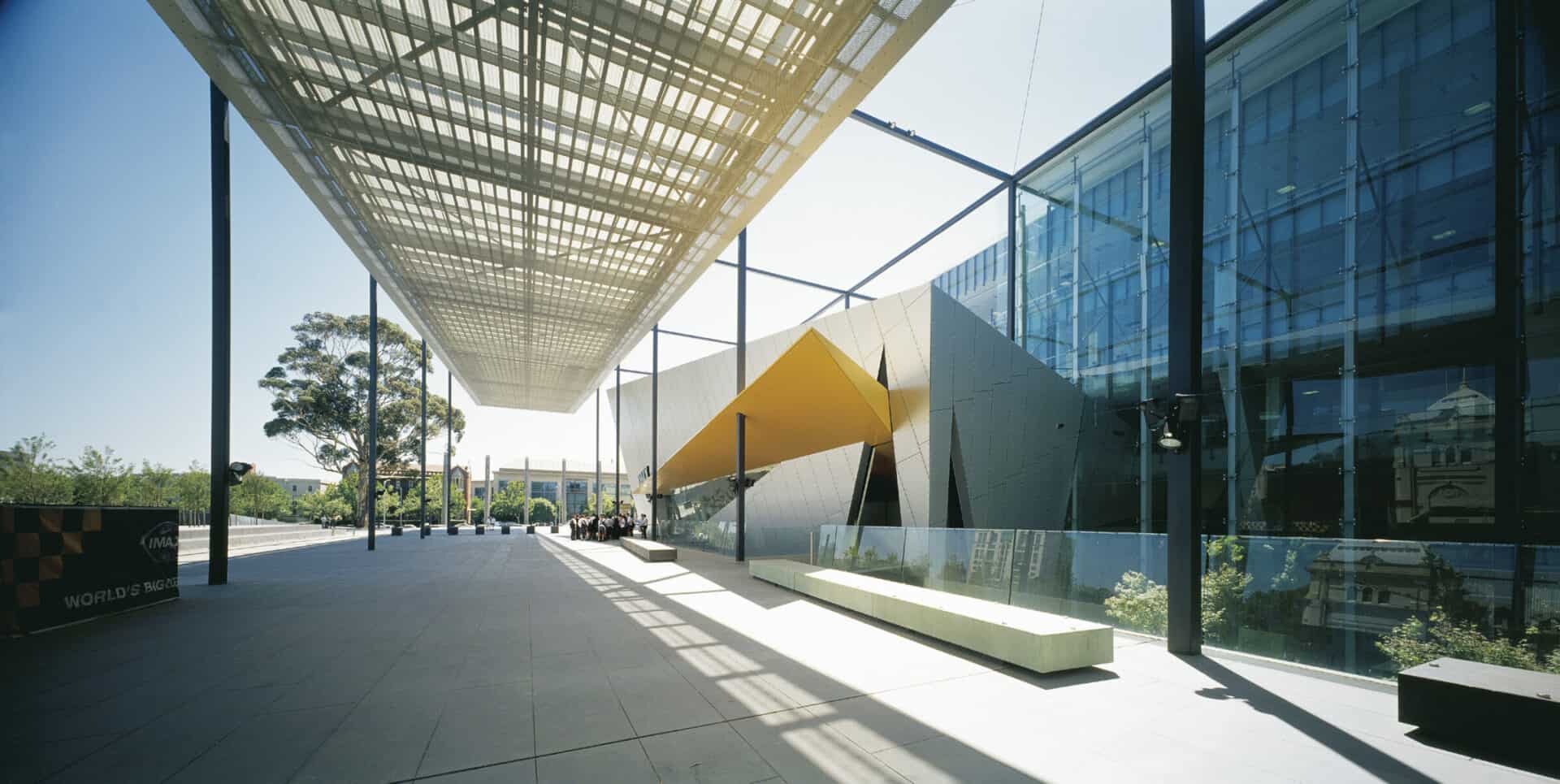

Acknowledgements
Interviewees:
Paola Antonelli, Curator of Design, The Museum of Modern Art, New York
Mauro Baracco, Senior Lecturer in Architecture, RMIT, Melbourne
Michael Desmund, Manager of Collection Development and Research, Powerhouse Museum, Sydney
Rolf Fehlbaum, Founder and Director, Vitra Museum, Weil-am-Rhein
Richard Gillespie, Head of Australia Society and Technology, Melbourne Museum
Philip Goad, Dean of Architecture, Melbourne University
David Marshall, Senior Lecturer, School of Art History, Cinema, Classics and Archaeology, Melbourne University
Christopher Menz, Senior Curator of International Decorative Arts, National Gallery of Victoria, Melbourne
Kevin Murray, Artistic Director, Craft Victoria, Melbourne
Ewan McEoin, Editor, Inside Magazine, Melbourne
Brian Parkes, Associate Director, Object Gallery, Sydney
Jane Pavitt, Curator of Design, Victoria & Albert Museum
Steve Pozel, Director, Object Gallery, Sydney
Sarah Thorn, Curator of Design, Melbourne Museum
Juliette Wilson, Program Manager of Design, Melbourne Museum
produced With support from:
Stephanie Brady, Tobias Pond, Daniel Spielman and Poni Ujlaky

